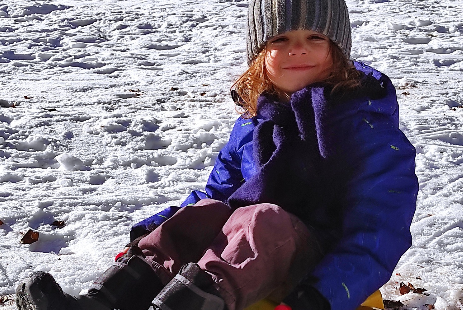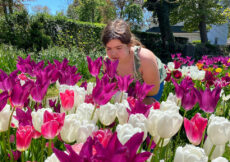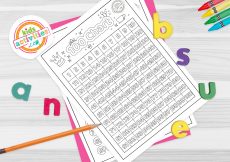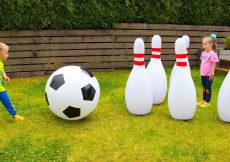Playing in the snow is a great discovery for every child! The impact of playing in the snow is very positive. Playing in the snow and touching this frozen material goes far beyond the pleasure of discovery! It’s a real sensory story! All children, even those who live in Hawaii or in high heat states, should learn to develop their contact with this particular element.
Snow is a Sensory Experience
When your child goes skiing or discovers snow for the first time, don’t rush his discovery! Make sure he takes the time to touch the snow, to make balls with it, to taste the snow, to look and to observe the texture, to feel it. Feel the cold after the hot or the hot after the cold… Sensory discovery is essential. Make it clear to your child or to your children that snow is just an icy version of water. If you have a big magnifying glass, show them the snow crystals shape by gently shaking a tree branch over a black cloth. They will be amazed by the beauty of this absolutely natural symmetry!
Maple Sirup and Frozen Lollipops
Help your children to think about and to work on the snow attributes. Talk to them about fantastic creatures associated with the snow element (as the yeti) but also about animals that live in the snow (seals, penguins, polar bears, white-tailed deer, etc.) Let your children discover winter recipes but also all that may be enjoyed on the ski slopes, or near a frozen lake (hot drinks such as tea, chocolate or herbal tea with spices such as cinnamon) . Little Quebecers are used to tasting maple syrup on the snow to make frozen lollipops.
A walk in the snow will help your child to discover a special sounds, muffled sounds, the squeaky and damped sound of footsteps in the snow…
Pines Cones and Cinnamon
An interesting exercise is to ask your child or your children to collect winter-related items such as tree branches, pine cones, wool, winter citrus fruits such as clementines, cinnamon. It is also an awakening to discover the lexical field of winter (skis, snowshoes for walking in the snow, hats, gloves, sledges, ski lifts, chairlifts, stalactites…) Play a game: try to increase the snow lexical field by being very exhaustive.
A Special Time without any Screen!
Playing in the snow (building a snowman, building an igloo, etc.) is a privileged moment because the child is neither on a tablet, nor on a screen, nor in front of the TV. It also forges important childhood memories. Walking in the snow allows less athletic children to increase their movements tenfold. Finally the child learns to adapt his outfit and his clothes to the outside temperature! If the child chooses to ski or ice skate these are excellent upper and lower body synchronization exercises. The child who knows the snow can develop his imagination. He will be able to visualize snow during a children’s meditation or children’s relaxation exercise. Knowing the snow is a good thing regarding to child’s cognitive development.
Teaching Safety
Teach your children how to protect themselves from the snow (despite its beauty it can cause frostbite and be, in some places, dangerous). Learn them that under the snow there may be wood, stones etc. so that they don’t throw themselves into the snow in places they don’t know. “If you don’t know what is under, be careful!”. And of course give them tips on how to warm up if they ever get lost while skiing or during a walk in the forest.
This aspect aside, snow is a memorable experience that all children, young and old, deserve to have!




































